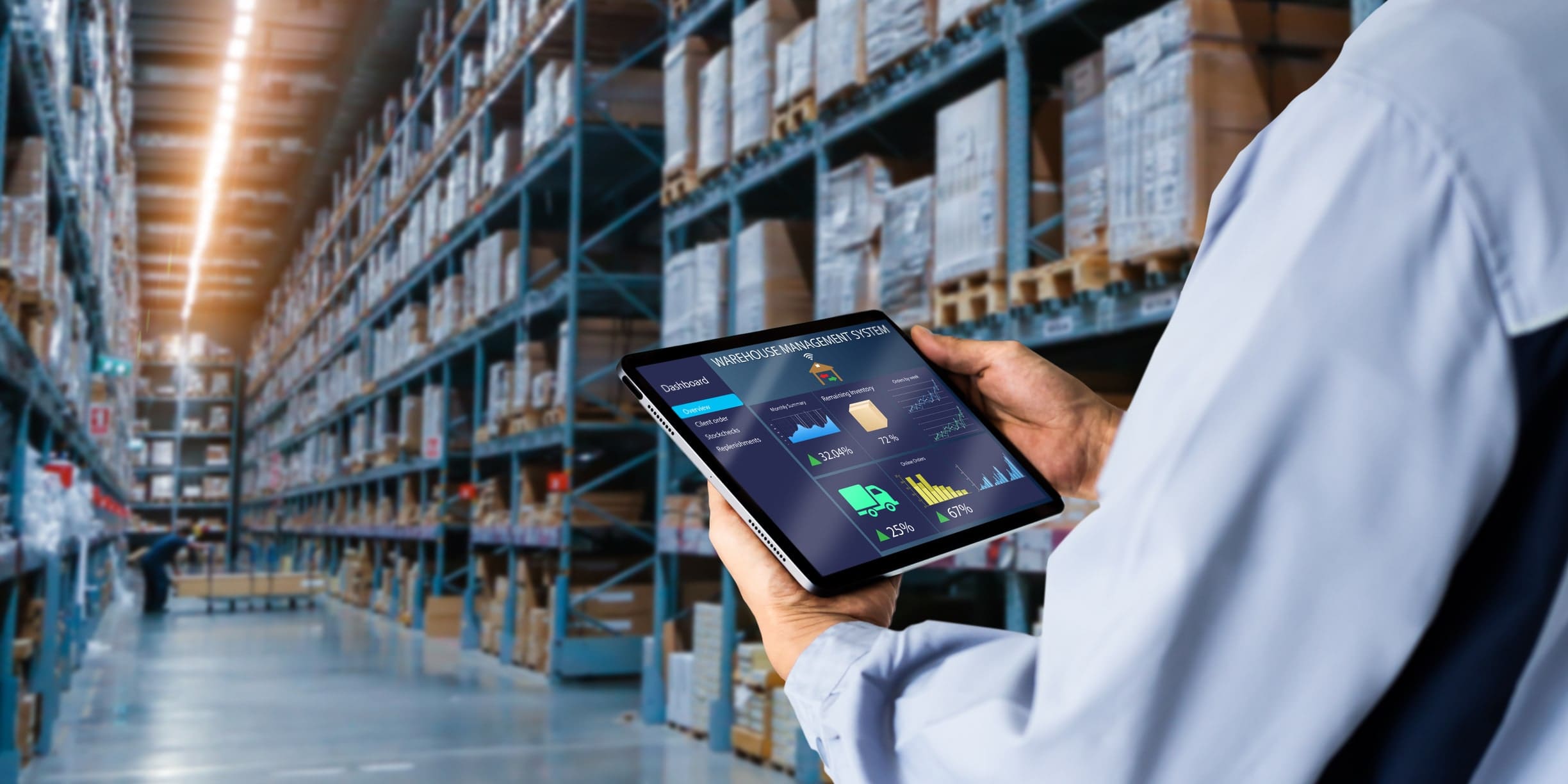Startup business financing is in high demand – although it’s rather challenging to secure. Cash flow challenges can interfere with the growth of any business. Startups are no different except they usually have less leverage for financing. Inventory often consumes a majority of cash flow, so startups should seriously consider pursuing inventory financing as it may be easier to obtain while making a big impact.
Inventory financing offers a solution by providing the necessary capital specifically for purchasing and managing inventory. As with other types of financing though, it can cut into the bottom line and does come along with requirements to qualify. When successful though, inventory financing for startups allows them to optimize their inventory levels, meet customer demand, and seize growth opportunities.
Kickfurther’s unique funding platform can fund your entire order(s) each time you need more inventory, so you can put your capital to work growing your business without adding debt or giving up control. Continue to maneuver your business to the top from the driver’s seat when you utilize inventory funding through Kickfurther. Before we dive into how to get started, let’s analyze how inventory financing can benefit your business.
How inventory financing can benefit startup businesses
Supply chain issues can be troublesome for businesses of any size, but can be particularly harmful to startups. For a startup business, one of the biggest struggles can be maintaining cash flow to fund day-to-day operations, all while trying to fulfill orders as they continue to come in.
Inventory financing can help businesses avoid supply chain and cash flow issues during busy and slow seasons, providing inventory to meet their customers’ demands. Having an adequately stocked inventory can enable your startup to fulfill orders promptly, capture sales opportunities, and potentially increase revenue. This in turn can leave your customers happy and help maintain a positive reputation for your brand. Healthy finances are important for current and future success.
Overview of Kickfurther as an inventory financing solution for startups
Inventory is often a startup’s largest expense and can present a major cash flow dilemma. As startups explore options they often run into options that are costly and or force them to give up equity or control – neither of which are desirable. As an entrepreneur though, you’re likely not giving up and that could be what led you here.
At Kickfurther you can get inventory now and pay later. Our platform connects business owners to a community of buyers that can fund up to 100% of inventory.
- No immediate repayments. You control repayment. Don’t pay until your product sells.
- Non-dilutive. Maintain equity in your business, we know how hard you worked for it. We are here to work with you, not against you.
- Not a debt. Because you have enough financial strain, this is not a loan.
- Upfront capital. Pay suppliers faster with upfront capital, there when you need it.
The Challenges of Startup Inventory Management
For startups, inventory management can present various challenges. First and foremost, managing inventory comes with associated costs such as purchasing, storage, handling, and insurance expenses. Startups may have limited financial resources, making it challenging to maintain adequate inventory levels. The risk of overstocking or understocking inventory can lead to financial loss, inefficiencies, and missed sales opportunities.
Next, startups also often struggle with cash flow issues, particularly in the early stage of operations. Trying to fulfill incoming orders with your business’s working capital can impact your ability to cover operational expenses and hinder the growth of your business. Utilizing inventory funding from Kickfurther can help you avoid stockouts, delays in fulfilling orders, and potential damage to your business’s reputation.
Lastly, a common issue startups can face is difficulty securing traditional financing for inventory. As a newer business, your startup may not have the financial history to secure financing from traditional lenders, such as bank loans or lines of credit. Due to the lack of collateral and limited operating history, traditional lenders may see your startup business as a higher risk.
How inventory financing can help startup businesses
Inventory financing can provide your startup with the flexibility to manage inventory needs effectively. Covering your largest expense (inventory), you can adjust inventory levels based on both market demand and seasonal fluctuations. Plus, you can keep cash available to cover routine and non-routine operating expenses. By getting inventory as you need it, you can meet customer needs and ensure adequate inventory levels, all without straining working capital.
What does this lead to? Increased revenue potential. With inventory financing, you can maintain a well-stocked inventory, fulfill customer orders promptly, and capture sales opportunities. This ability to meet customer demand promptly can enhance customer satisfaction and loyalty, resulting in potential repeat orders.
Perhaps most important for a new and growing business, is the improved cash flow management that comes from utilizing inventory financing. Rather than tying up capital in inventory purchases, startups can use inventory financing to free up their working capital for other operational expenses, such as marketing, hiring new employees, or expanding product lines. Focusing your capital on things other than inventory can allow your startup to maintain a healthy financial position and seize growth opportunities as they present themselves.
With inventory financing, startups can also compete more effectively in the market. Inventory financing gives startups the ability to respond quickly to customer demands, capitalize on market trends, and stay ahead of competitors. This agility in inventory management can give your startup the advantage it needs to meet customer needs promptly and efficiently.
Why choose Kickfurther for Inventory Financing
Here are just a few examples of the 800+ businesses that have had success utilizing inventory funding from Kickfurther:
- Beast Grooming & Personal Care Products: Before raising $1.6 million on Kickfurther, they often experienced stockouts, limited capital from other funding options, and limited growth due to inventory levels. After taking advantage of inventory financing from Kickfurther, they saw a 100% sales increase year over year and were able to quadruple available inventory to meet rising e-commerce demand.
- Spongelle: Before Kickfurther, they faced unexpectedly fast growth across channels, which created difficulty in producing adequate inventory. After raising over $1 million on Kickfurther, they were able to fund large orders caused by spikes in sales and accept new orders without concern for working capital.
- BigStock, Inc.: Facing cash pinches between ordering items and payments from retailers, after raising over $1 million on Kickfurther, they were able to meet increased demand with sufficient inventory. This increase in inventory led to increased sales and “exponential” growth.
With no immediate repayments, you don’t pay us back until your new inventory order begins to sell. This allows you to set your repayment schedule based on what your cash flow allows. By funding your order(s) each time you need more inventory, Kickfurther can free up the working capital you need to grow your business.
Closing thoughts
Startups face a variety of challenges as a new business, but funding inventory shouldn’t be one of them. With inventory financing, you can ensure you meet customer demand and free up the working capital you need to maintain daily operations. Alleviating this cash flow pinch can free up the capital you need to invest in marketing, expanding product lines, or other areas you feel will best benefit your business.
If you are a startup in search of small business inventory financing, make sure you start your search with Kickfurther. With a proven track record of helping entrepreneurs grow their businesses, we are dedicated to helping you do the same.
Interested in getting funded at Kickfurther? Here are 3 easy steps to get started:
#1. Create a free business account
#2. Complete the online application
#3. Review a potential deal with one of our account reps & get funded in minutes





